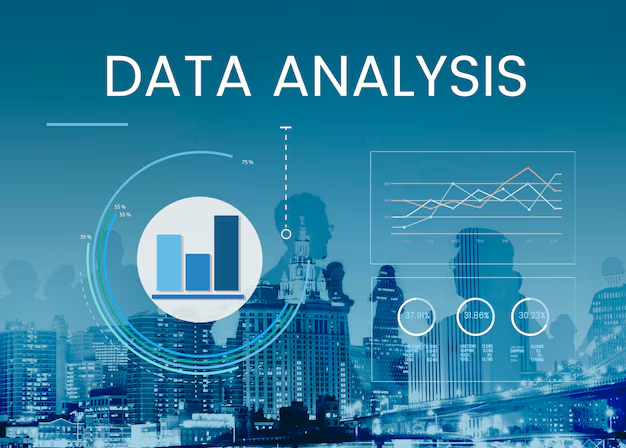Article: Unlocking the Power of Data: A Deep Dive into Business Analytics
In today’s fast-paced and data-driven world, businesses have access to an unprecedented amount of information. However, the challenge lies not just in having the data but in utilizing it effectively. Business analytics has emerged as a key discipline that helps organizations turn raw data into actionable insights, fueling informed decision-making and strategic growth.
The Role of Business Analytics in Modern Enterprises
Business analytics encompasses a range of techniques and tools that analyze data to uncover patterns, trends, and insights that can drive better business outcomes. It involves everything from descriptive analytics, which helps businesses understand what has happened in the past, to predictive and prescriptive analytics, which provide a roadmap for future actions.
Types of Business Analytics
- Descriptive Analytics: This is the foundation of business analytics, focusing on summarizing past data and understanding historical trends. Techniques like dashboards, reports, and data visualization are used to represent past performance and outcomes.
- Predictive Analytics: This type of analytics uses historical data to predict future outcomes. By applying statistical algorithms and machine learning techniques, businesses can anticipate trends, forecast sales, and optimize resource allocation.
- Prescriptive Analytics: Going beyond predicting the future, prescriptive analytics provides recommendations for actions. It suggests the best course of action by analyzing different scenarios and predicting the likely outcomes of each.
- Diagnostic Analytics: This focuses on understanding why something happened. Diagnostic analytics digs deeper into historical data to identify the root causes behind specific outcomes or trends.
How Business Analytics Enhances Decision Making
- Data-Driven Decisions: With the right tools and processes in place, businesses can move away from intuition-based decisions and rely on objective data. This reduces risk and increases the likelihood of achieving desired outcomes.
- Increased Efficiency: Business analytics can streamline operations by identifying inefficiencies in processes, helping organizations reduce costs and improve productivity.
- Improved Customer Experience: Understanding customer behavior, preferences, and buying patterns allows businesses to tailor products and services to meet their needs, enhancing satisfaction and loyalty.
- Competitive Advantage: Companies that leverage business analytics effectively can gain a significant edge over competitors by making quicker, more accurate decisions, leading to better outcomes in the marketplace.
The Importance of Data Quality and Governance
For business analytics to be effective, the data it relies on must be accurate, complete, and trustworthy. Data governance, which involves managing data quality, privacy, security, and accessibility, is crucial in ensuring that the insights derived from analytics are reliable. Poor data quality can lead to misguided decisions that can harm a business.
Tools and Technologies in Business Analytics
Several tools are available to help organizations implement business analytics, ranging from traditional software like Excel to more advanced platforms like Tableau, Power BI, and cloud-based solutions like Google Analytics and AWS.
- Data Warehouses: These serve as centralized repositories of data from various sources, enabling businesses to analyze data from across the organization.
- Business Intelligence (BI) Tools: BI tools like Tableau, Power BI, and QlikSense allow users to create reports, dashboards, and data visualizations to gain insights from their data.
- Predictive Analytics Platforms: Tools like IBM SPSS, SAS, and R are used for advanced predictive modeling and statistical analysis.
Overcoming Challenges in Business Analytics
Despite its immense potential, business analytics comes with its own set of challenges:
- Data Silos: Data scattered across various departments can hinder a comprehensive view of the business. Breaking down silos and ensuring data is integrated is vital for effective analytics.
- Skill Gap: The demand for data scientists and analytics professionals is growing, but there is a shortage of skilled talent. Businesses need to invest in training and development to bridge this gap.
- Data Security and Privacy: With the increasing amount of data being collected, protecting it from breaches and ensuring compliance with privacy regulations such as GDPR is a top priority.
Conclusion
The power of business analytics lies in its ability to transform raw data into actionable insights that can drive growth, improve efficiency, and enhance decision-making. By leveraging the right tools, technologies, and techniques, businesses can unlock the full potential of their data and gain a competitive edge in the marketplace. As data continues to grow in volume and complexity, business analytics will remain an essential component of success in the modern business landscape.

